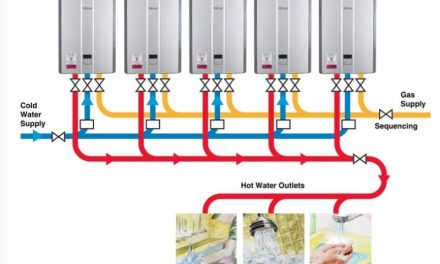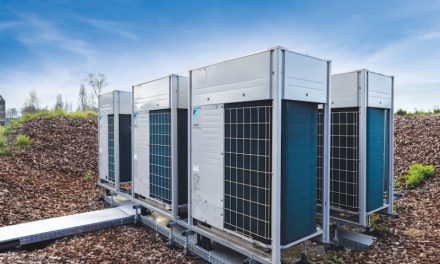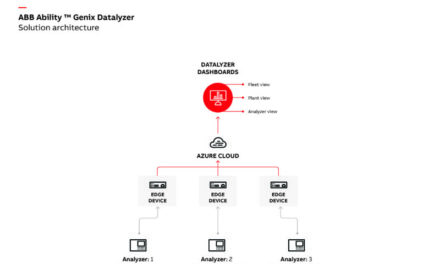With the compulsory introduction of smart meters for the utilities industry, just over five years away, the 2020 deadline marks one of the biggest IT overhauls in the history of the sector. Traditionally dominated by a handful of front runners, whilst they are making inroads and getting ready for the change, new entrants are hot on their heels and joining the race with a fresh proposition for consumers when it comes to billing and service levels. Without the baggage of legacy applications, 41% of consumers believe that newer energy suppliers could provide better customer service than larger established providers as they have a lot to prove and they are not weighed down with outdated technology.
With smart meters set to become a game changer for the industry, it is imperative for all entrants in the race to prepare their IT systems for the switch over and ensure that the customer always comes first in the race to the finish line. However, despite the impending deadline, there are still key hurdles for companies to overcome to enable them to compete in an industry that is gathering pace.
Angus Panton, director of power and communications at SQS outlines some of the challenges ahead and how companies can get their IT infrastructure in order, to cope with the long road ahead.
Get a head start
Before taking the plunge and overhauling billing and customer management systems, energy suppliers need to understand the strain that will be put on their systems by the introduction of smart meters. “Big billing” – the upgrade of billing and customer information systems to turn the increasing volume of data from smart metering into revenue – will be one of the main challenges facing utilities companies as they look to cope with both the increased levels and opportunities associated with data and information. Energy retailers are devising tactical plays into pinpointed market segments, greater interaction with consumers via connected devices, and even forays into entirely new, non-energy markets. If they are to realise these ambitions they will all need competencies in billing and customer information that are orders of magnitude greater than current needs require and that existing systems support.
So before they venture forth into this data-dominated realm, energy retailers need assurances their system upgrades will hold up. After all, in looking to make radical changes to data systems, the retailers will find themselves stripping down the engine that keeps their business on track. There can be no spanners in the work. Closer dialogue between information professionals and the board of directors will be vital in understanding what is involved and the impact that software and infrastructure failures could have on the business’ ability to stay competitive if billing systems fall over when smart metering goes live.
With many established utilities companies bogged down by legacy systems, traditional infrastructures will struggle to cope with these future big billing scenarios. They were designed for a different landscape and the complex, multi-platform environment will add additional strain. The key to success will be for utilities companies to apply change quickly and confidently. System design, build and testing will need to consider this, in particular end to end regression testing will need to grow and utilities companies will need to become more adept at testing in-home devices. It is therefore imperative that when the upgrade happens, regular quality testing form a key part of the process to ensure big billing will be well supported and that there are no nasty surprises at the end of the process.
Although the roll out of smart meters isn’t scheduled until 2020, 62% of consumers are sceptical that the roll out will go smoothly, as many previous big IT projects have faced delays or gone over budget. With this is mind, companies must not underestimate the challenge ahead and need to put appropriate due diligence in place now when overhauling systems, to ensure a smooth transition when everything goes live. With reputations and market share on the line, providers cannot afford to have IT departments in disarray and angry customers knocking on the door when processes fail.
Increased expectations
But it doesn’t stop there. Consumers won’t just expect a smart meter system that works, they will want more for their money and will increasingly demand more modern, flexible billing options and customer care solutions that can accommodate varying combinations of products and services.
At least three of the large energy suppliers have recently fallen foul of customer ire and dissatisfaction – and the subsequent wrath of the regulator – following errors in newly implemented systems. Billing-related issues accounted for 84% of complaints to the Energy Ombudsman between January and June 2014, demonstrating the harm that can arise during changes to billing and customer interface systems and why thorough testing of the systems is vital.
In the smart meter age, competitor price differences will be minimal and potentially level the playing field, increasing pressure on energy supplier price margins but also customer retention. This could spark competition between suppliers for prepayment meter customers, through price and tariff offers and mobile phone-type incentives. Suppliers will need to retain and win customers and offer added value to their deal, rather than becoming reliant on pricing alone.
A lesson learnt
One sector that has gone through a similar transition is the telecoms industry. Within this highly competitive market, providers are offering additional bonuses to incentivise their customers for example Orange Wednesday cinema tickets, O2 Rewards and Vodafone Freebeez. Though some energy players are deliberating on expansion beyond their utility operations, they need to embrace the idea of using non-commodity and value-added services to create highly differentiated propositions or risk losing customers to competitors during the switch.
However, many of the legacy systems currently in operation in the energy sector lack the flexibility and efficiency to respond to smart meter-related market trends and customer expectations. The challenge is to find a balance between migrating from legacy systems to upgraded customer service and billing that will allow for change while keeping customer disruption in check. New entrants to the sector however are not weighed down with the same challenges. They are, in fact, set up to be more fleet of foot in bringing products to market.
Reaching the finish line
With so much imminent change in the industry, suppliers have got to keep their eye on the prize. They have to be smarter, slicker, and faster at dealing with all the challenges ahead, such as regulatory compliance, and the things that make them money. Meanwhile they have to deliver on other changes to keep ahead of the competition. If they just deliver the business as usual, without going through the necessary due diligence and testing new systems, it will damage their business and future success. Now is the time to test everything, and then test it again – or to turn to the experts who can test it for you. There won’t be a second chance to get this right.





